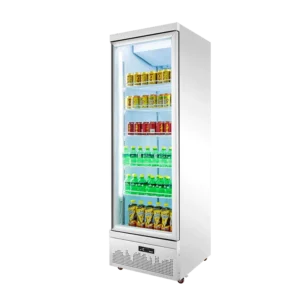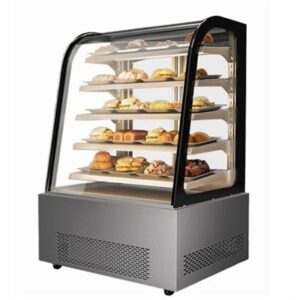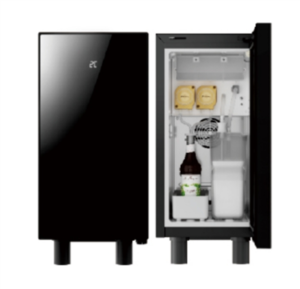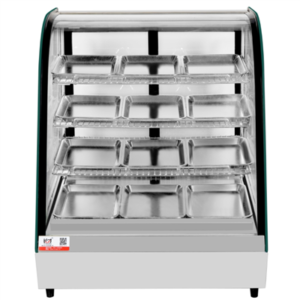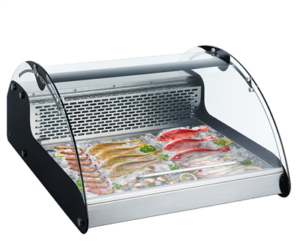Choosing between a direct cooling (static) freezer and an air-cooled (frost-free) freezer depends on your needs for energy efficiency, maintenance, and performance. Here’s a detailed comparison:
1. Cooling Mechanism
- Direct Cooling: Uses natural convection; evaporator coils are embedded in freezer walls. Cold air sinks naturally, creating temperature zones (warmer at the top, colder at the bottom).
- Air-Cooled: Circulates air forcefully with fans, ensuring uniform temperatures (± variance) and preventing frost buildup via periodic heating cycles.
2. Energy Efficiency
- Direct Cooling: Consumes 20–30% less energy initially but loses efficiency as frost accumulates (up to 30% higher consumption with 5mm ice).
- Air-Cooled: More efficient long-term due to automated defrosting and consistent cooling, saving **100/year** in energy costs.
3. Maintenance
- Direct Cooling: Requires manual defrosting every 3–6 months. Frost buildup reduces storage space and increases compressor strain.
- Air-Cooled: Frost-free design eliminates manual defrosting but needs annual coil cleaning to maintain airflow efficiency.
4. Temperature Control
- Direct Cooling: Prone to fluctuations (±), especially near the door. Ideal for infrequently accessed storage.
- Air-Cooled: Maintains stable temperatures (±), perfect for labs or commercial use with frequent door openings.
5. Cost & Lifespan
- Direct Cooling: 30–50% cheaper upfront but may last 8–12 years due to compressor stress from frost.
- Air-Cooled: Higher initial cost but lasts 12–15 years with proper maintenance.
Best For:
- Direct Cooling: Budget users, low-usage households, or garages with stable temperatures.
- Air-Cooled: Commercial kitchens, labs, or humid climates where frost prevention is critical.
Pro Tip: Pair air-cooled freezers with inverter compressors to reduce noise (as low as 40dB) and energy use by 25%.
